On the basis of the new infrastructure, the 14th five-year plan further accelerates the transformation and upgrading of the manufacturing industry and further emphasizes technologies or products such as 5G, industrial Internet, AI, industrial Big Data, and industrial software. The development direction of the manufacturing industry in the future will be smart factories with high efficiency, energy-saving, and green environmental protection.
The smart factory is based on the digital factory, which takes data as the axis to stimulate the enterprise's intelligent process, uses the technology of Internet of things and equipment monitoring technology to strengthen information management and service, clearly grasp the production and marketing process, improve the controllability of the production process, reduce the manual intervention on the production line, timely and correctly collect production line data, as well as reasonable production planning and production progress.
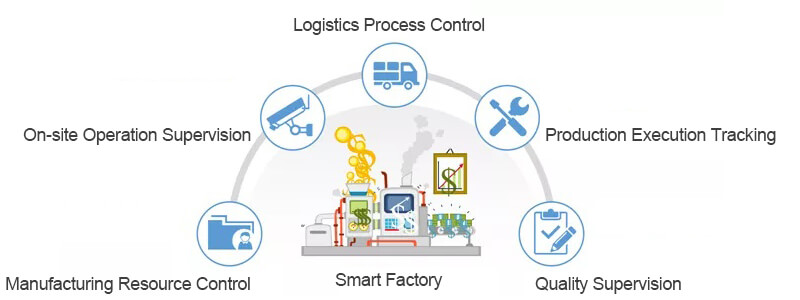
The smart factory includes five aspects of factory operation and management, including manufacturing resource control, on-site operation supervision, logistics process control, production execution tracking, and quality work supervision. Through the integration of MES, QMS, ERP, SCM, and other systems and the docking of sensor data of automatic equipment, the smart factory management platform of enterprises is built to realize the unification and digitization of manufacturing management.
Manufacturing resource control
It mainly refers to the management of human, machine, material, and other related production resources in the manufacturing process. It involves the automatic generation of BOM, the collection of raw materials and auxiliary materials, the management of semi-finished products and warehouses, and the input-output situation of finished products. It is necessary to monitor and analyze the indicators such as material complete rate, material loss ratio, semi-finished product turnover, input-output ratio, recovery rate, etc., so as to ensure that the manufacturing resources are prepared in time, efficient circulation, loss reduction and reconstruction, and that equipment efficiency has an impact on manufacturing resources. We should control the equipment inspection, fault management, spare parts management, and technical archives. We should use the electronic code scanning technology to realize the management mode of "one object, one code", and create an accurate management system for the whole process of enterprise equipment. The development of automation technology has promoted the birth of the unmanned factory, but the limitations of the unmanned factory are very large, and many enterprises are not suitable for it, at present, personnel is still one of the cores of manufacturing resources. Combined with process improvement, production planning, and scheduling management, the purpose of optimizing production efficiency and maintaining production rhythm can be achieved.
On-site operation supervision
This is a digital transformation of 7S Management. On the one hand, the real-time data acquisition system based on sensors is used to collect the environmental data of the production site, equipment operation parameters and status data, and the production capacity data of key positions of production line operation, which solves the problem of the lag of 7S Management data acquisition and error caused by manual acquisition; on the other hand, it uses video monitoring and image recognition technology to realize the early warning and push of abnormal conditions such as equipment shutdown, conveyor belt material jam, product backlog, employee departure, and other abnormal situations is used as a powerful basis for 7S management score. Finally, through the data analysis software FineBi, the production system data and the above-collected data are compared and analyzed in multi-dimensions to assist the production managers to make effective decisions.
Logistics process control
It includes three links: supplier's delivery, factory internal turnover, and customer's delivery. Using the Internet of vehicles technology and Big Bata processing technology, the real-time geographic location and vehicle trajectory data of logistics vehicles are collected in real-time to complete the logistics process management and control of suppliers and customers; the AGV car is used to realize the automatic collection of materials, the automatic turnover of semi-finished products, and the automatic warehousing of finished products, so as to create an intelligent storage operation system with unmanned sorting and intelligent transportation, which greatly improves the turnover efficiency of the internal logistics of the factory.
Production execution tracking
This refers to the real-time monitoring of the implementation process of the production plan and the management and decision-making of the execution results. Combined with the MES system and the data analysis tool FineBi, factory managers can understand the production dynamics at any time, including attendance, planned production progress, planned completion rate and efficiency, etc., so as to realize on-line analysis and closed-loop follow-up of production abnormalities and optimize the data extraction and analysis mode, reduce the burden and endow the ability, manage in advance, establish the hierarchical management mechanism.
Quality supervision
This process covers three links: raw material quality control, process quality control, and shipment quality control. It focuses on the construction from seven aspects, namely, quality planning, quality inspection, quality assurance, quality supervision, quality improvement, quality service, system, and process. It uses coding technology to realize batch control of products and materials and reduces the cost loss caused by batch quality problems, besides, the SPC method is used to analyze the process capability and quality control level to ensure that the product quality is kept within a reasonable range.
In the construction process of a smart factory, different business activities derive different information functional requirements, and different functional requirements promote the development of different new technologies. The combination of business, function, and technology forms the application scenario of the smart factories.
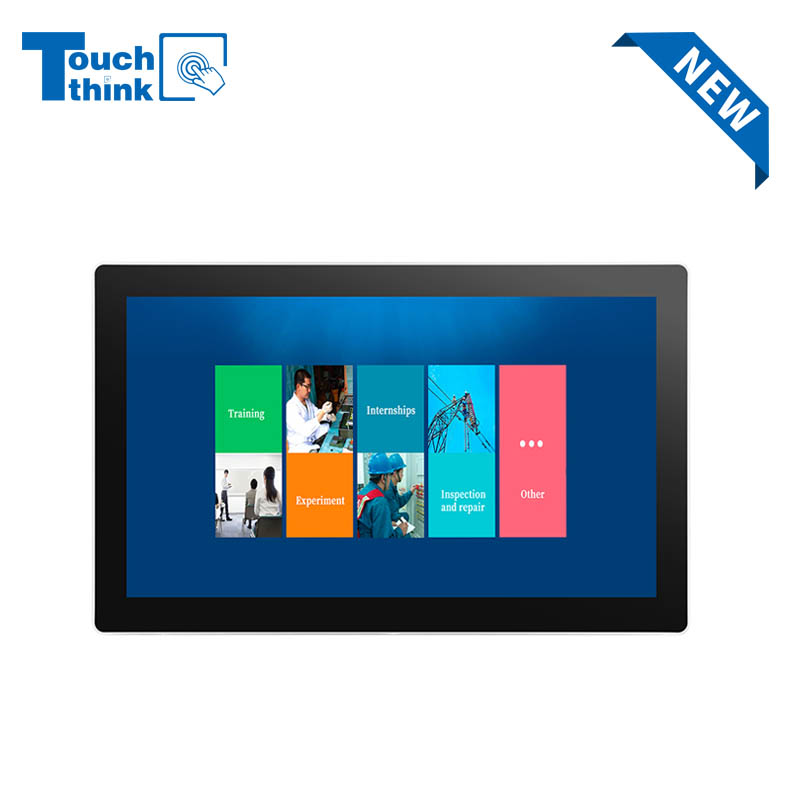
IP65 Wall-Mounted Industrial Touch Screen Monitor | Waterproof HMI Display VIEW MORE
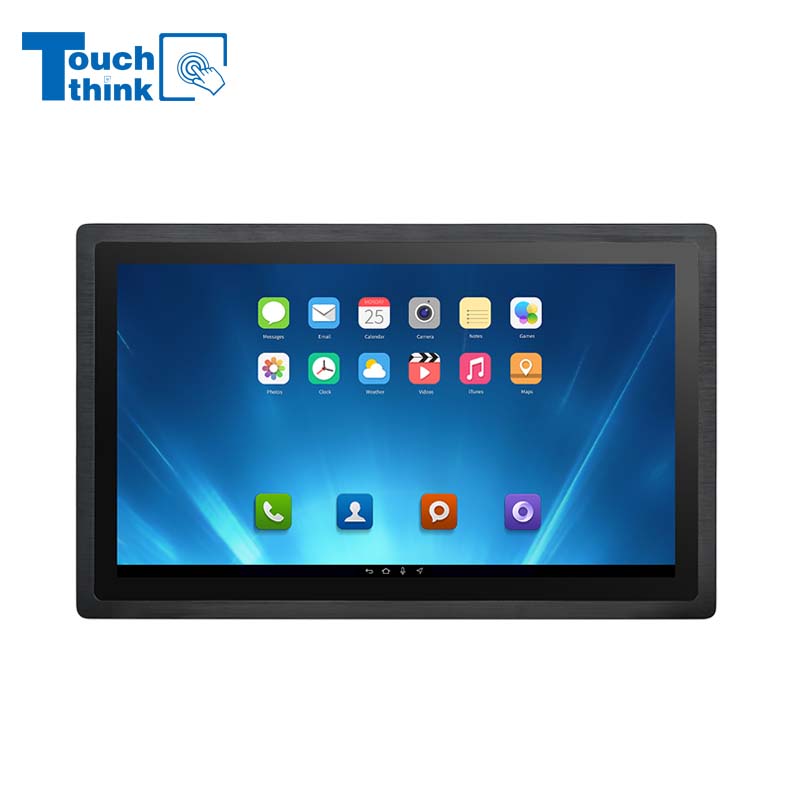
23.8 Inch Industrial Panel PC, Slim Ultra-Thin Design, Multiple I/O Ports, Rugged Touch Computer for IIoT VIEW MORE
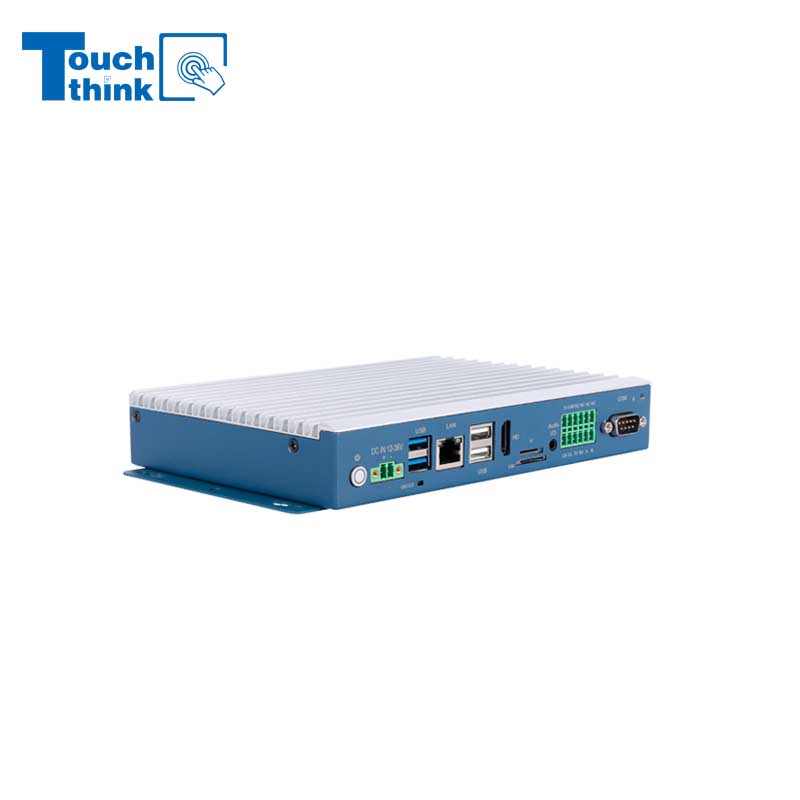
Embedded Fanless Computer ARM Cortex-A55 Quad-Core 64-bit Computers with 1TOPS NPU and Wi-Fi 6 Capabilities VIEW MORE
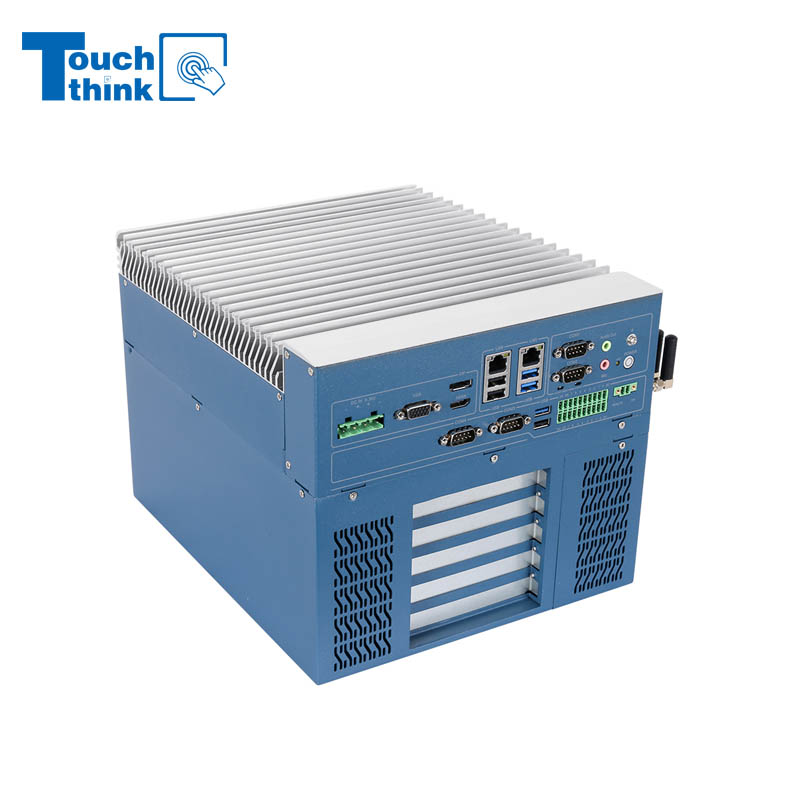
High Expandability Industrial Embedded PC with Expansion Slots PCIex16 PCIex4 9 to 36V Input VIEW MORE
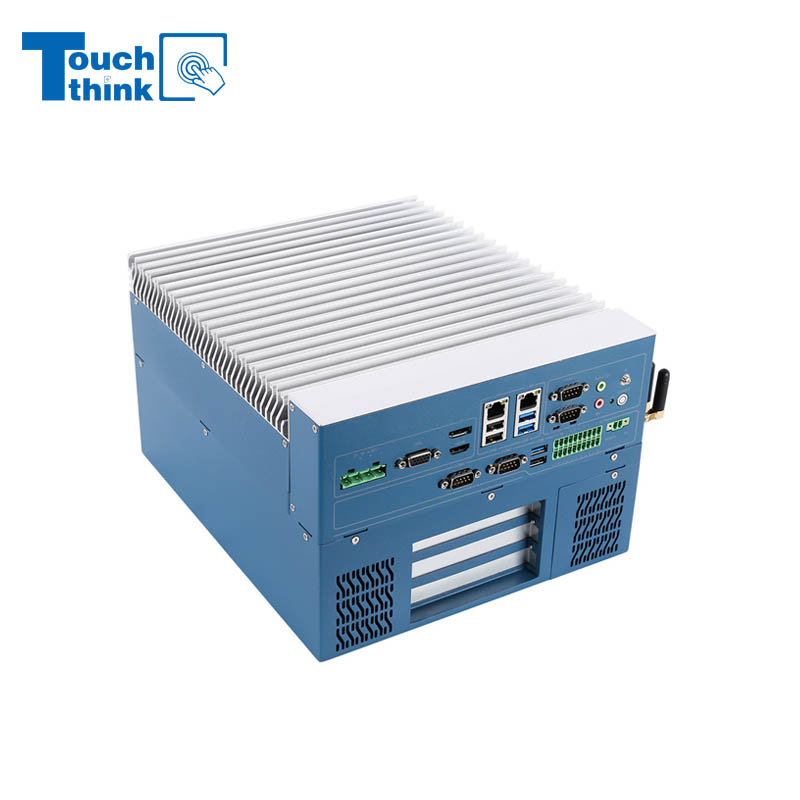
Modular Embedded Computer with Intel® Core 12/13/14th-Gen Processor 2.5GbE LAN VIEW MORE
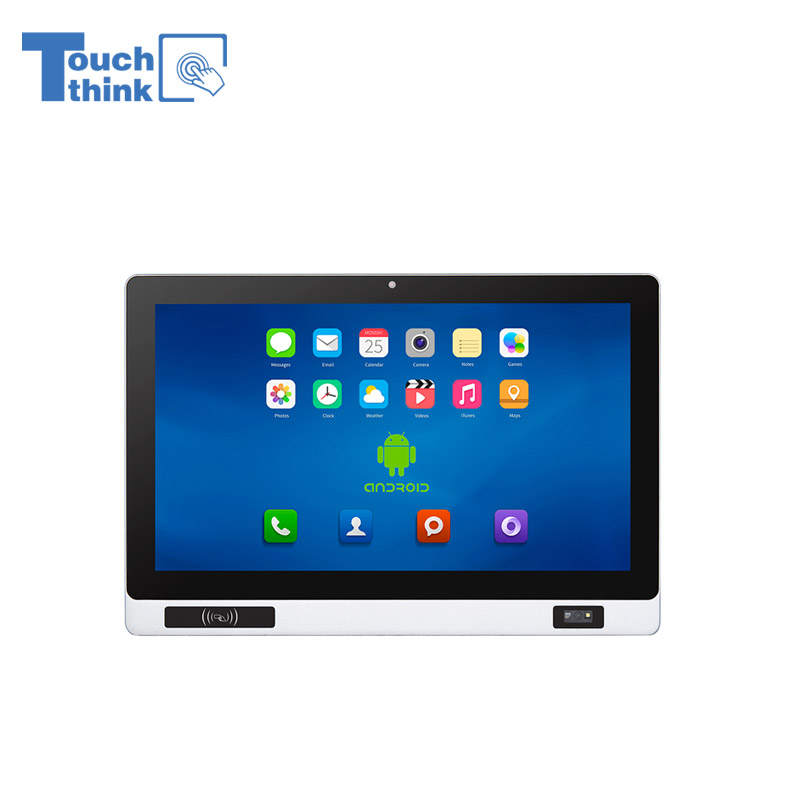
Industrial Panel PC with NFC and QR Code Scanning Functions for Smart Factory VIEW MORE
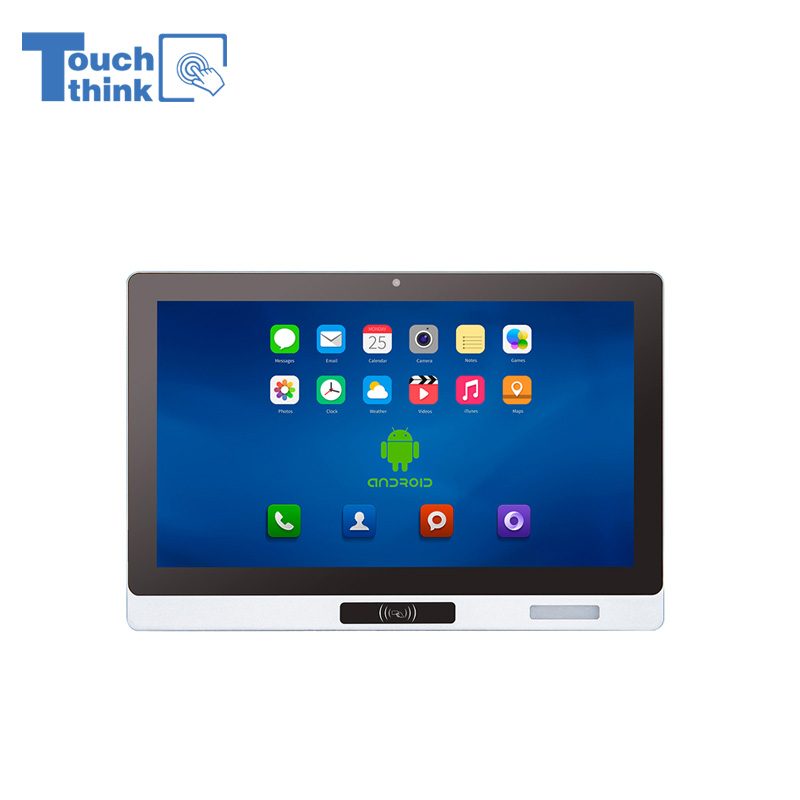
All-in-One Android Panel PCs with NFC/Camera For MES System in Digital Factory 24/7 Use VIEW MORE
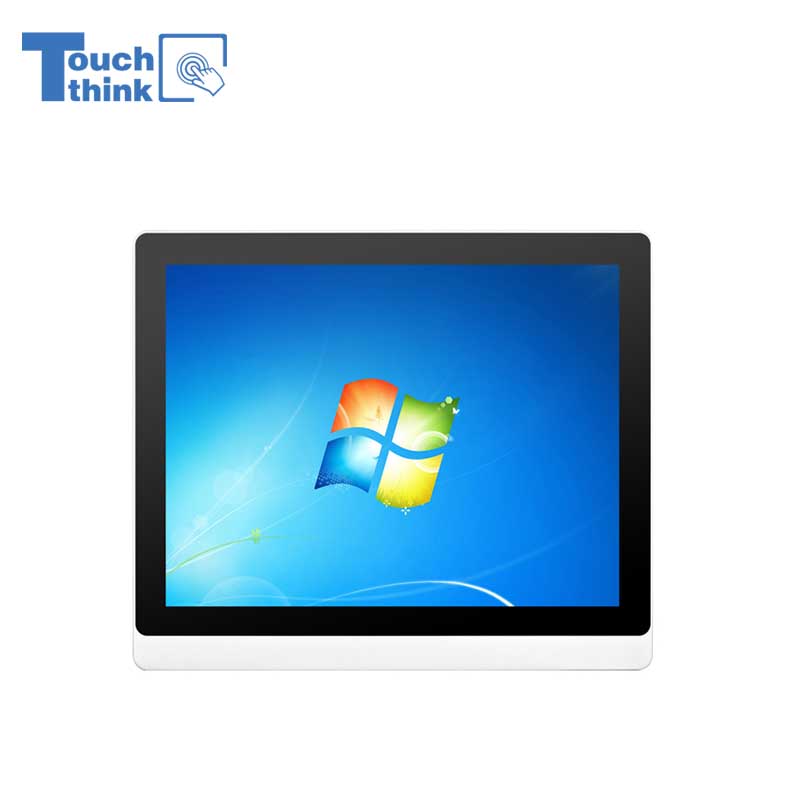
VESA Mount Industrial Touch Panel PC with i3 i5 i7 Processor Desktop Computer 8GB DDR4 128GB SSD VIEW MORE
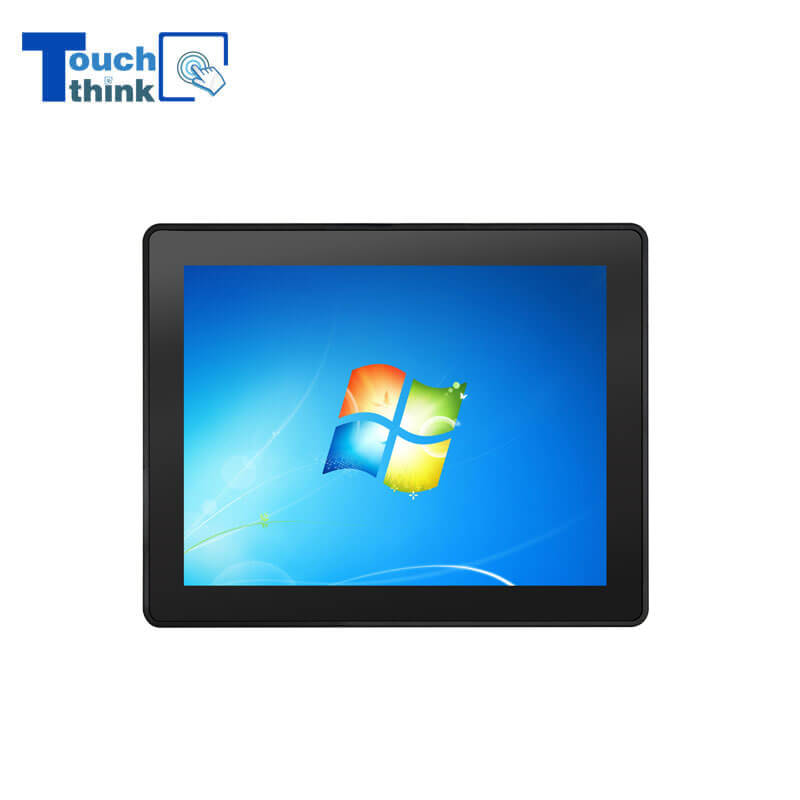
Rugged IP65 Industrial Touchscreen Computer Industrial HMI Panel PC VIEW MORE

8 inch Facial Recognition Terminal For Turnstile Access Control VIEW MORE
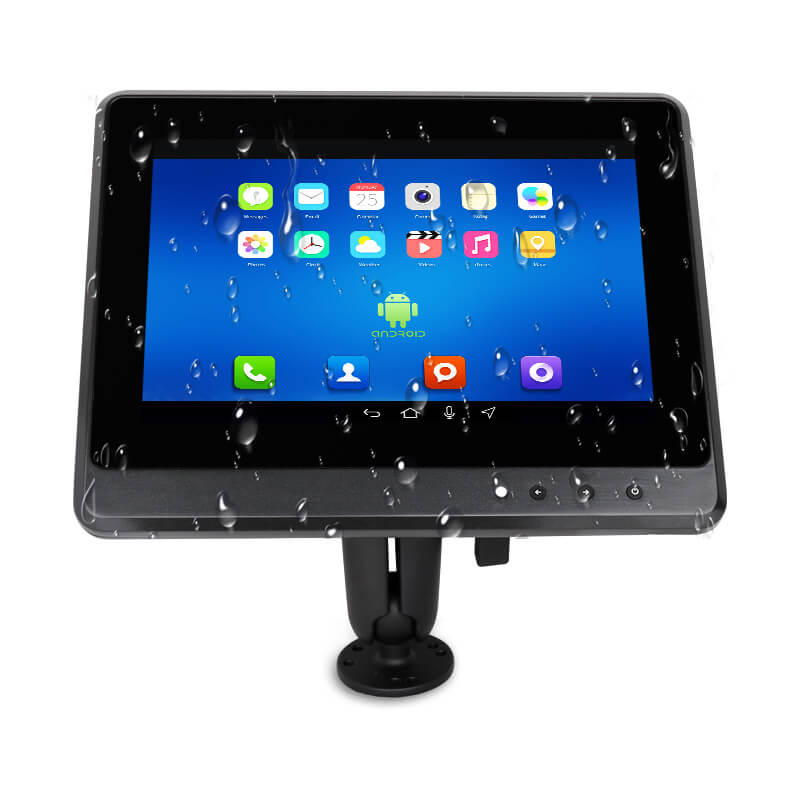
Android In-Vehicle Industrial Panel PC Vehicle AGV Computer VIEW MORE
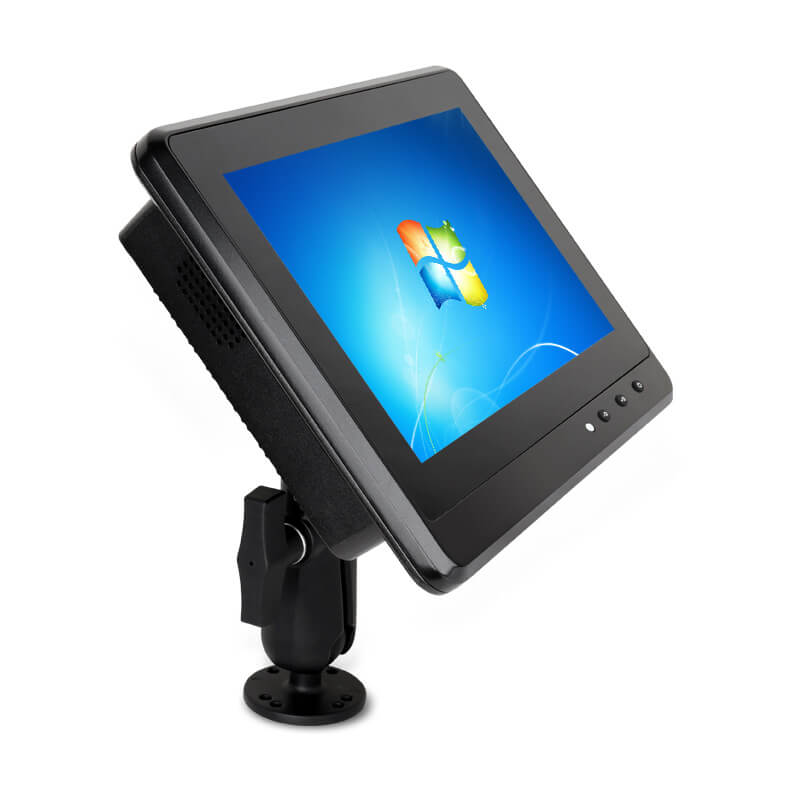
Transportation Panel PC Windows Vehicle Mounted Touch Computers VIEW MORE
Copyright © Shenzhen Touch Think Intelligence Co.,Ltd. All Rights Reserved Update cookies preferences